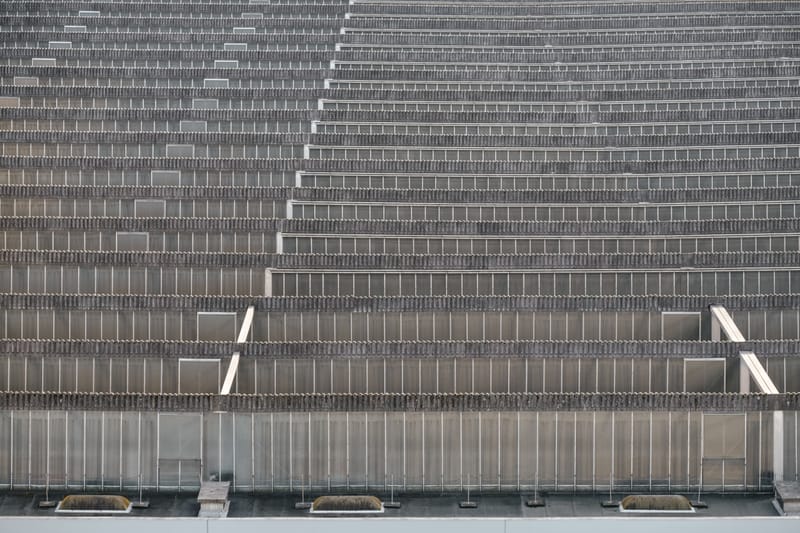Solar Systems

Grid Tied Solar systems are the most popular and economical systems and a good step to going green.
Grid Tied systems are ideal for saving electricity costs and reducing monthly expenses, and offer the best Return on Investment.
A Grid Tied system is very simple in design and consists of the following components:
- Solar modules that collect sunlight and convert it into DC electricity
- Inverter which receives the DC current and converts it into AC grid power
Hybrid systems are the standard Solar systems which uses Solar to charge Batteries and supply power to the building, with Zesa as tertiary power supply.
This solution is ideal for the following scenarios:
- Electricity savings in conjunction with battery back-up to ensure a steady power supply, even during power outage
Hybrid systems consists of the following components:
- Solar modules that collect sunlight and converts it to DC power
- Inverter (with built-in charge controller and regulator) which:
- receives DC power from Solar modules
- receives AC power from Zesa
- charges batteries with either Solar power or Zesa power (based on programming)
- discharges batteries and converts it into AC power for supply to the building
- Deep cycle batteries which are managed by the inverter to be correctly charged by Solar or Zesa & discharged to supply power to the building
The Hybrid system is connected to specific circuits as wired in the DB, e.g. Lights, dedicated plug points, etc. All power supply (load) to these connected circuits flows through the Hybrid inverter, irrespective if the power is supplied by Solar, Batteries or Zesa.
The Hybrid inverter needs to be sized correctly to accommodate the required load.
Hybrid systems are suitable for small to medium domestic, and very small commercial applications.
Hybrid inverters are available in different sizes. Multiple Hybrid Inverters can be interconnected to increase the load capacity of the system.
Bi-Directional System is both a Hybrid- and a Grid Tied system, combining the best of both worlds.
This is a dual Solar feed system where one channel, like the Hybrid system, uses Solar power to charge batteries and supply power to the building. A second channel, like the Grid Tied system, supplies Solar power directly to all other circuits in the building during the day, for maximum savings.
The battery system can subsequently be smaller than the Hybrid system as the battery channel can be wired to only supply dedicated critical circuits which are required to receive power during power outage.
This solution is ideal for the following scenarios:
- Maximizing electricity savings in conjunction with battery back-up to ensure a steady power supply, even during power outage
- Relative lower Capital layout compared to Hybrid system
Hybrid systems consists of the following components:
- Solar modules that collect sunlight and converts it to DC power
- Inverter (with built-in charge controller and regulator) which:
- receives DC power from Solar modules
- receives AC power from Zesa
- charges batteries with either Solar power or Zesa power (based on programming)
- discharges batteries and converts it into AC power for supply to the building
- receives the DC current and converts it into AC grid power
- Deep cycle batteries which are managed by the inverter to be correctly charged by Solar or Zesa & discharged to supply power to the building
Bi-Directional Systems are suitable for medium to large domestic and small commercial applications
Off Grid systems means you’re not connected to the Zesa grid.
This solution is ideal for the following scenarios:
- You’re building on a new property and the cost of bringing in an Zesa service is too high
- You wish to be completely independent of Zesa
- The monthly fixed connection cost from Zesa is exuberant relative to the consumption cost
Off Grid systems consists of the following components:
- Solar modules that collect sunlight and convert it into DC power
- Inverter (with built-in charge controller and regulator) which:
- receives DC current from Solar modules
- charges batteries with DC current
- discharges batteries and converts it into AC power for supply to the building
- Deep cycle batteries which are managed by the inverter to be correctly charged by Solar & discharged to supply power to the building
Off Grid systems are typically over designed to include more Solar modules and more battery capacity in order to cater for days of poor weather conditions.
During poor weather, i.e. rain, there is little or no Solar power generation. The battery capacity needs to allow for this in order to ensure a continuous supply of electricity.
Likewise the Solar generation capacity is oversized so that it can accommodate recharging the extended battery capacity and simultaneously supply power to the building.
Due to the overdesign of Off Grid systems, these have typically a longer Return on Investment.
Off Grid systems can be designed to run in conjunction with generators, and even to use generators to recharge batteries. This can result in smaller battery capacity and thus reduction in initial capital cost.
